Monitoring Curing Temperatures
Several concrete products manufacturers use live steam to accelerate the curing of their products. Live steam provides the moisture and high temperature that are so necessary to accelerate the hydration process. This steam must, of course, be contained within a curing cell, frequently referred to as a kiln. This article will discuss the importance of monitoring the curing temperature within the curing cells.
The curing cells, in which the products are placed, can range from large conventional concrete block structures to curing hoods. While the larger curing hoods are usually made from Polyweave or canvas, the curing cell can be as simple as a piece of clear polyethylene covering the freshly poured product. Some curing systems utilize steam lines, while simpler systems use steam hoses that are tucked up under the curing hoods.
I have found that many producers simply place a steam hose under the curing hood, and turn on the steam, without monitoring the temperature in the curing cell. It is important to understand that the recommended rate of temperature rise (ramping temperature) is from 20°F/hour to 40°F/hour. The ramping temperature is the rate at which the temperature within the curing cell goes from ambient to the target temperature (desired curing temperature). Ramping at a rate in excess of 40°F/hour can result in cracked product.
It is also useful to know what temperatures are being reached within the curing cell. When the product weight in the cell is low, the maximum temperature reached will be somewhat higher than that when more product weight is cured within the same cell. How do you know what the temperature variation is within the cell, if you don’t monitor it?
The best way to ensure consistent curing of all your product is to monitor the temperature within each curing cell. With the monitoring equipment that is available today, this is easy to do at a relatively low cost. I am aware of two types of reasonably priced pieces of equipment that are supplied by The Dickson Company (www.dicksonweb.com) and Maxim (www.maxim-ic.com).
Dickson supply small portable temperature recorders that can be placed anywhere in the curing cell, and left during the curing cycle. Following curing, the monitor is removed and hooked up to a computer, where the curing curve can be printed out. The Maxim iButton is a computer chip that is encased in a very small 16 mm stainless steel can. It, too, can be placed anywhere in the curing cell, and hooked up to a computer after the curing cycle, so that you can print out a curing curve.
With the very inexpensive and effective technology that is available today, there is no reason why all producers cannot monitor what is happening in their curing cells, with regards to temperature. In the past, only the larger producers who utilized big curing cells could afford to install expensive monitoring equipment. Today, however, this technology is available to all producers, regardless of how small they might be.
